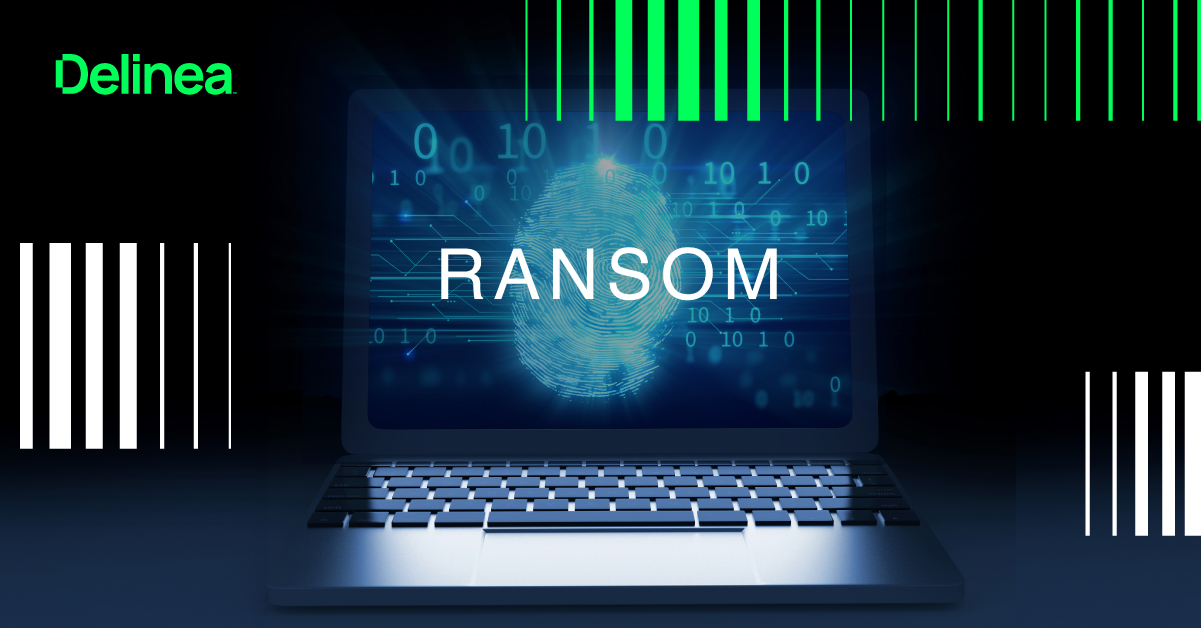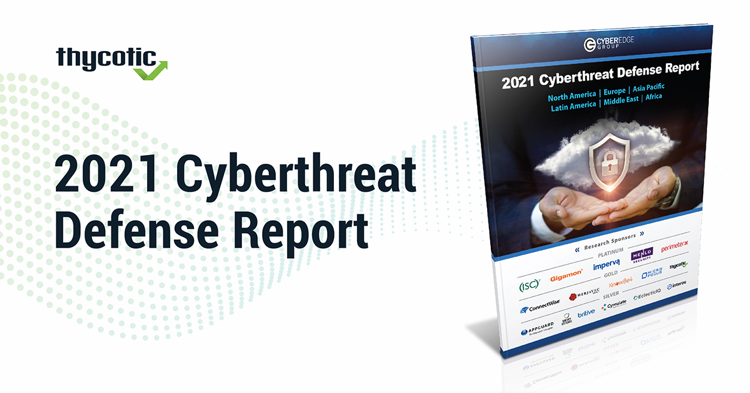What controls constitute a Defense in Depth strategy?
As cyber threats grow more sophisticated, businesses need more than just perimeter defenses. Defense in Depth (DiD) is a strategy that creates layered defenses across various systems, making it harder for attackers to breach. This blog explores the essential controls for a robust Defense in Depth strategy and provides insights on implementing them.
A quick introduction to Defense in Depth
Defense in Depth involves multiple layers of security to safeguard systems and data. Rather than relying on a single solution, organizations use a mix of physical, technical, and administrative controls. The idea is to create multiple barriers that slow down or deter attackers.
Why is Defense in Depth important?
Modern threats exploit various vulnerabilities in an organization’s security posture. A layered approach ensures that even if one control fails, others can still provide protection. This approach strengthens overall resilience.
The layers of Defense in Depth
Understanding each security layer is key to effectively implementing Defense in Depth. Each layer targets a different part of an organization’s infrastructure, adding redundancy to your defenses.
1. Physical security
Physical controls secure the infrastructure that houses your data. Examples include:
- Restricted access to facilities
- Surveillance cameras
- Biometric scanners
These prevent unauthorized personnel from accessing critical systems.
2. Network security
Network security controls defend against external threats. Key tools include:
- Firewalls
- Virtual Private Networks (VPNs)
- Intrusion Detection and Prevention Systems (IDS/IPS)
These tools monitor traffic and block unauthorized access.
3. Endpoint security
Endpoints such as laptops and smartphones are common targets for attackers. To mitigate these risks, organizations can deploy:
- Anti-virus software
- Anti-malware programs
- Endpoint protection solutions
These controls detect and eliminate threats before they compromise systems.
4. Application security
Applications often present vulnerabilities. Security measures for applications include:
- Adhering to secure coding practices
- Regularly updating software
- Using application firewalls
Incorporating DevSecOps ensures security is part of the software development lifecycle.
5. Data security
Data must be protected both at rest and in transit. Key methods include:
- Encryption
- Data masking
- Tokenization
These practices make it harder for attackers to access or use intercepted data.
6. Identity and Access Management (IAM)
IAM ensures that only authorized users can access systems and data. Essential controls include:
- Multi-Factor Authentication (MFA)
- Role-based access controls
These measures reduce the risk of unauthorized access.
7. User security
Human error is one of the leading causes of breaches. User security controls focus on:
- Comprehensive training programs
- Phishing simulations
These efforts help employees recognize and avoid common security threats.
8. Policies, procedures, and awareness
Having clear, enforceable policies is critical. Organizations should:
- Establish strong policies
- Regularly train staff on best practices
Frequent updates help teams stay aware of evolving threats.
User security in a remote and cloud-dependent world
With the rise of remote work, employees increasingly connect from personal devices and home Wi-Fi networks, which introduces new vulnerabilities. A strong Defense in Depth strategy must address these risks by implementing:
- VPNs to secure communications between remote employees and corporate networks
- Endpoint Detection and Response (EDR) tools to monitor remote devices for suspicious behavior
- Regular user training to reinforce security hygiene at home, including updating devices and software
Additionally, businesses that rely on cloud services should ensure that security policies extend to third-party cloud providers. Cloud security measures such as data encryption, identity management, and continuous monitoring help protect data stored in the cloud.
How to implement Defense in Depth
For a successful Defense in Depth strategy, follow this structured approach:
1. Risk assessment
Identify critical assets, such as sensitive data and systems, and assess potential threats. Understanding your risks will help tailor your security measures.
2. Develop a multi-layered strategy
Deploy a combination of security controls across different layers. Ensure redundancy so that if one layer is compromised, others can still protect sensitive data.
3. Continuous monitoring and improvement
As threats evolve, it’s essential to update defenses regularly. Implement:
- Frequent patching of vulnerabilities
- Network monitoring for abnormal behavior
- Regular security audits
Utilizing advanced tools for continuous monitoring
Traditional security tools like firewalls and anti-virus are crucial, but modern threats require more sophisticated solutions. Machine learning (ML) and behavioral analytics can detect patterns that traditional tools miss. These technologies enhance defense by:
- Automatically learning and adapting to new threats
- Identifying unusual employee activity, which may indicate compromised credentials or insider threats
- Proactively addressing threats before they escalate
Incident response planning
Even with solid security, incidents can still happen. A clear incident response plan helps teams detect, contain, and recover from attacks. Include:
- Steps for notifying stakeholders
- Procedures for system recovery
For a complete plan, download Delinea’s customizable Incident Response Plan Template
Defense in Depth vs. Layered Security
The terms Defense in Depth and Layered Security are often confused but differ in scope.
- Layered Security involves multiple tools focused on a single aspect of security, like email filtering or endpoint protection.
- Defense in Depth spans across various areas of security, including physical, network, and data security, to create comprehensive protection.
The benefits of Defense in Depth
A strong Defense in Depth strategy offers numerous advantages:
- Comprehensive Protection: Multiple layers protect various parts of an organization’s infrastructure.
- Increased Resilience: Multiple controls make it more difficult for attackers to breach the system.
- Improved Incident Response: Early detection leads to quicker response times.
- Better Risk Management: Risk assessments guide the creation of tailored security measures.
- Cost-Effective: Preventing breaches saves costs in the long run.
In the podcast video below, Joe Carson, Chief Security Scientist at Delinea, chats with a Delinea customer about using a layered security approach to protect critical infrastructure.
The challenges of Defense in Depth
While effective, implementing Defense in Depth presents some challenges:
- Complexity: Managing multiple layers can be resource-intensive.
- Cost: Implementing and maintaining multiple security layers can be expensive.
- Usability: Too many controls may affect user experience.
- Evolving Threats: Security measures must constantly be updated to stay effective.
By understanding and implementing these key controls, organizations can build a robust, multi-layered Defense in Depth strategy to withstand evolving cyber threats.

Free Privileged Access Security Toolkit


